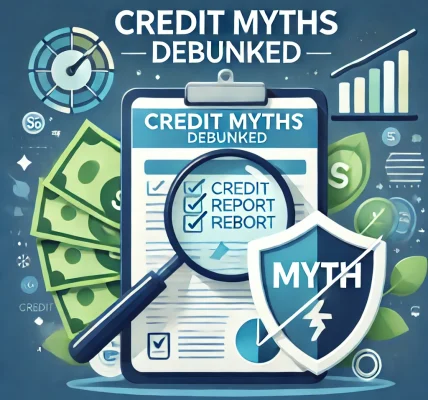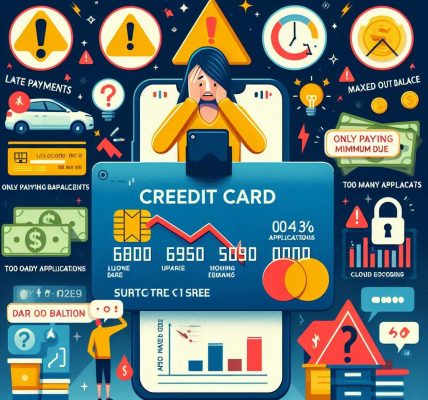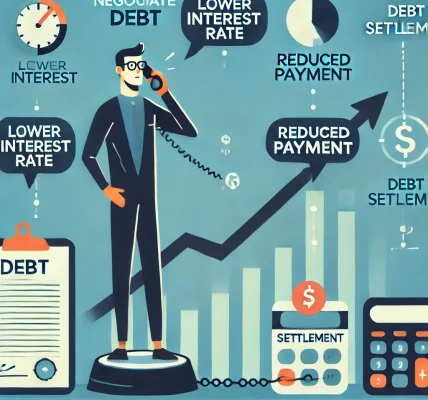Introduction
Bad credit loans are often marketed as a lifeline for individuals struggling with low credit scores. While they can offer quick financial relief, they also come with risks that may lead borrowers into deeper financial trouble. In this guide, we will explore the benefits and drawbacks of bad credit loans, helping you determine whether they are a practical solution or a debt trap.
What Are Bad Credit Loans?
Bad credit loans are financial products designed for individuals with poor credit scores. Traditional lenders may reject borrowers with low credit ratings, but specialized lenders offer loans at higher interest rates, compensating for the risk they take.
Types of Bad Credit Loans
- Personal Loans for Bad Credit – Unsecured loans with higher interest rates.
- Payday Loans – Short-term loans with extremely high fees and interest rates.
- Secured Loans – Loans backed by collateral such as a car or home.
- Peer-to-Peer Loans – Loans funded by individual investors instead of banks.
- Credit Builder Loans – Designed to help borrowers improve their credit scores over time.
The Pros of Bad Credit Loans
1. Access to Emergency Funds
Bad credit loans provide immediate cash relief for urgent expenses like medical bills, rent, or car repairs.
2. Opportunity to Rebuild Credit
Responsible repayment of bad credit loans can improve your credit score over time by demonstrating a history of on-time payments.
3. Flexible Lending Options
Since these loans cater to borrowers with poor credit, lenders may offer a variety of loan structures to fit different needs.
The Cons of Bad Credit Loans
1. High Interest Rates and Fees
Lenders charge significantly higher interest rates due to the risk involved, sometimes exceeding 100% APR, making repayment difficult.
2. Risk of Falling into a Debt Cycle
Borrowers who struggle to repay the loan on time may take out additional loans to cover existing debts, leading to a vicious cycle of borrowing.
3. Hidden Fees and Predatory Lending Practices
Some bad credit loans come with hidden fees and unfavorable terms, making repayment more expensive than initially expected.
How to Determine If a Bad Credit Loan is Right for You
- Assess Your Financial Situation – Evaluate whether the loan is necessary and if you can afford to repay it.
- Compare Lenders and Terms – Research different lenders to find the best terms and lowest interest rates.
- Read the Fine Print – Check for hidden fees, penalties, and repayment terms before signing a loan agreement.
- Consider Alternatives – Look into credit unions, secured loans, or financial assistance programs before opting for a bad credit loan.
Alternative Solutions to Bad Credit Loans
- Credit Counseling Services – Nonprofit organizations that offer financial advice and debt management plans.
- Debt Consolidation Loans – Combining multiple debts into a single loan with a lower interest rate.
- Negotiating with Creditors – Contacting creditors to negotiate payment plans or interest rate reductions.
- Side Hustles or Extra Income Sources – Exploring ways to increase your income rather than taking on new debt.
Conclusion
Bad credit loans can be a double-edged sword. While they offer short-term financial relief, their high costs and potential risks should not be ignored. Before taking out a bad credit loan, carefully consider alternative solutions, understand the terms, and ensure you can repay it responsibly. Making informed financial decisions will help you avoid falling into a debt trap and build a stronger financial future.




